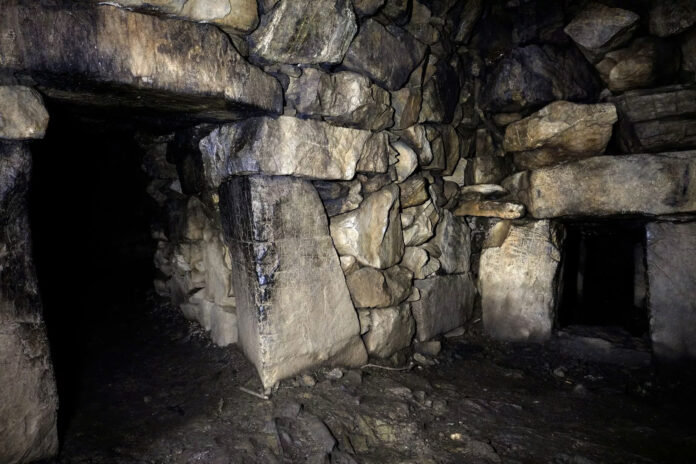Uncovering Iron Age Secrets in Southwest England

In the picturesque landscape of Cornwall, England, a series of mysterious underground tunnels have left researchers puzzled for generations. These ancient structures, known as fogous, date back to the Iron Age and have withstood the test of time for approximately 2,400 years. Despite their endurance, the purpose behind these subterranean passages remains elusive, sparking curiosity and debate among historians and archaeologists alike.
A Unique Archaeological Wonder
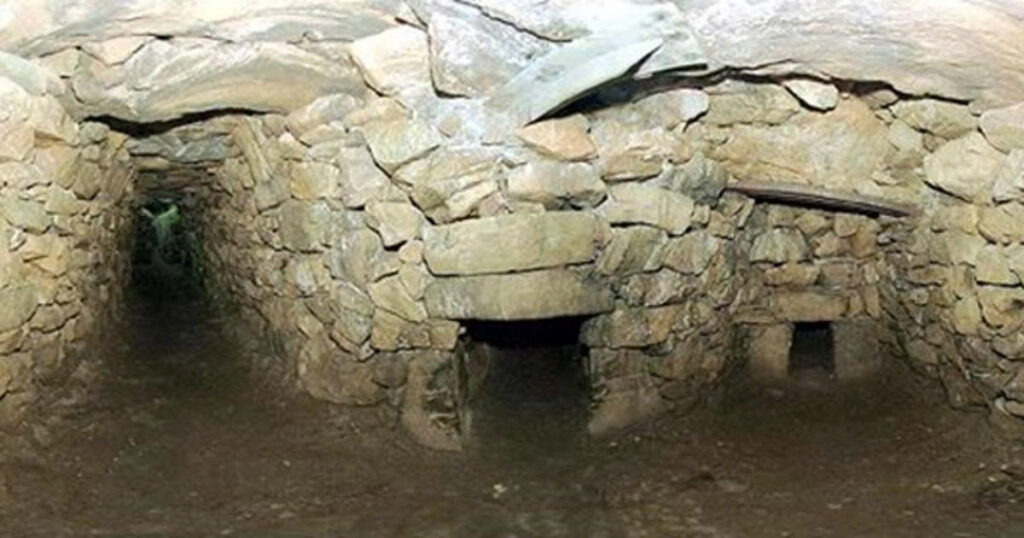
The fogous, derived from the Cornish word “ogo” meaning cave, are unparalleled in the British Isles. With more than a dozen discovered so far, these tunnels stand out for their carefully constructed stone supports, suggesting that their creators intended them to last for centuries.
The Cornish Landscape: A Tapestry of Ancient Monuments
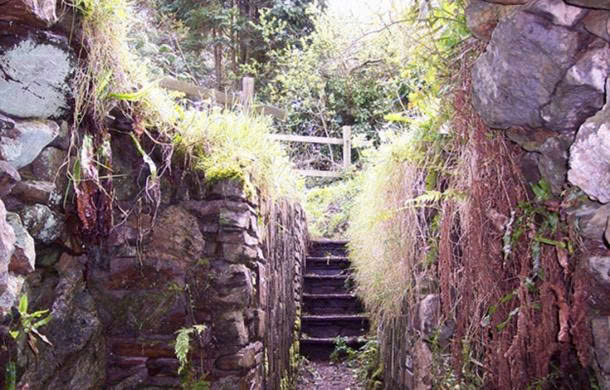
Cornwall’s countryside is rich with prehistoric remnants, boasting an impressive array of stone structures including:
- Enclosures and cliff castles
- Roundhouses, ramparts, and forts
- Barrows, menhirs, dolmens, and cairns
- Stone circles and inscribed stones
This archaeological treasure trove spans various periods, from the Mesolithic era to post-Roman times, with the fogous believed to originate in the Iron Age (700 BC – 43 AD).
The Fogou Mystery: Theories and Speculations
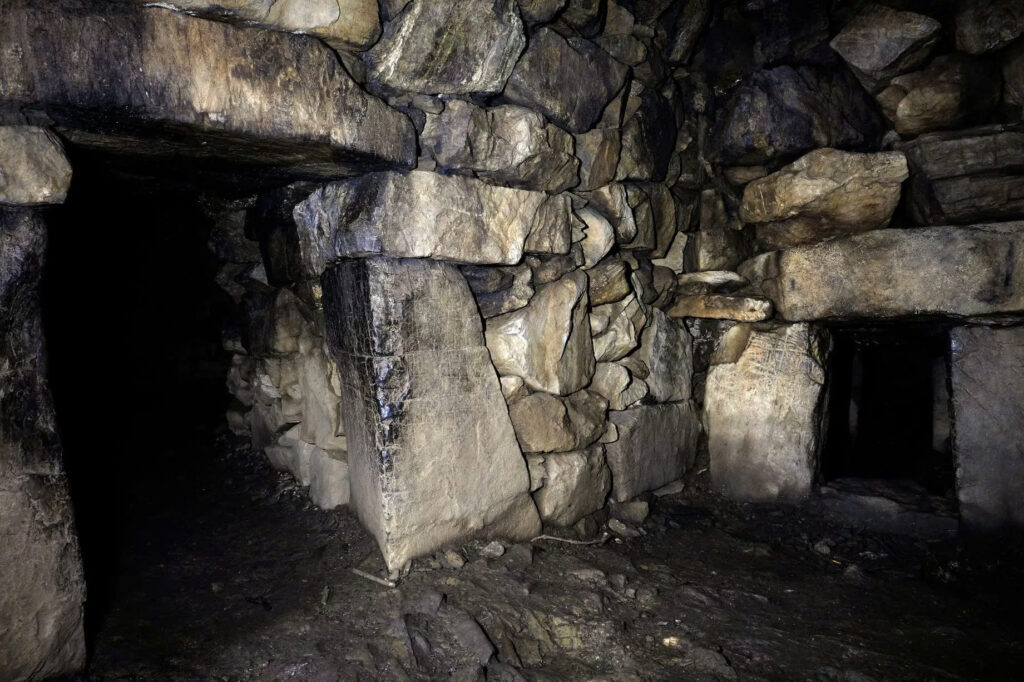
Despite extensive research, the true purpose of the fogous remains a subject of debate. Various theories have been proposed:
- Hidden Refuges: Some suggest they were places of shelter, though their visible entrances make this unlikely.
- Burial Chambers: While funerary urns were once reported, no concrete evidence of burials has been found.
- Storage Facilities: The absence of grain remnants or mining ingots challenges this theory.
- Religious or Ceremonial Sites: The most intriguing possibility is that fogous served a spiritual purpose, perhaps as places of worship for long-lost religions.
Halliggye Fogou: A Prime Example
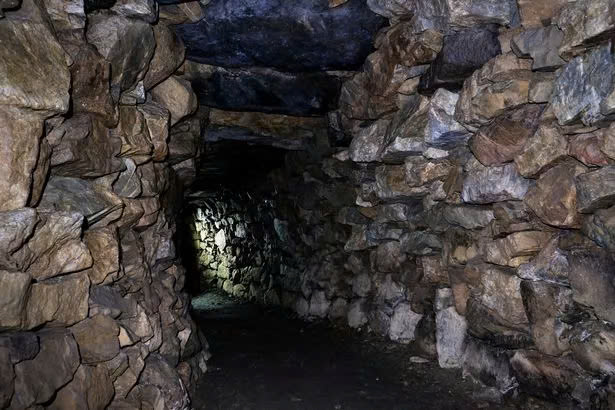
The best-preserved fogou in Cornwall, Halliggye, offers insights into these mysterious structures:
- Main passage: 8.4 meters long, 1.8 meters high
- Narrow end tunnel: 4 meters long, 0.75 meters tall
- Side passage: 27 meters long, becoming increasingly dark and narrow
The complex design of Halliggye, with its challenging access points, adds to the intrigue surrounding the fogous’ purpose.
Conclusion: An Enduring Ancient Enigma
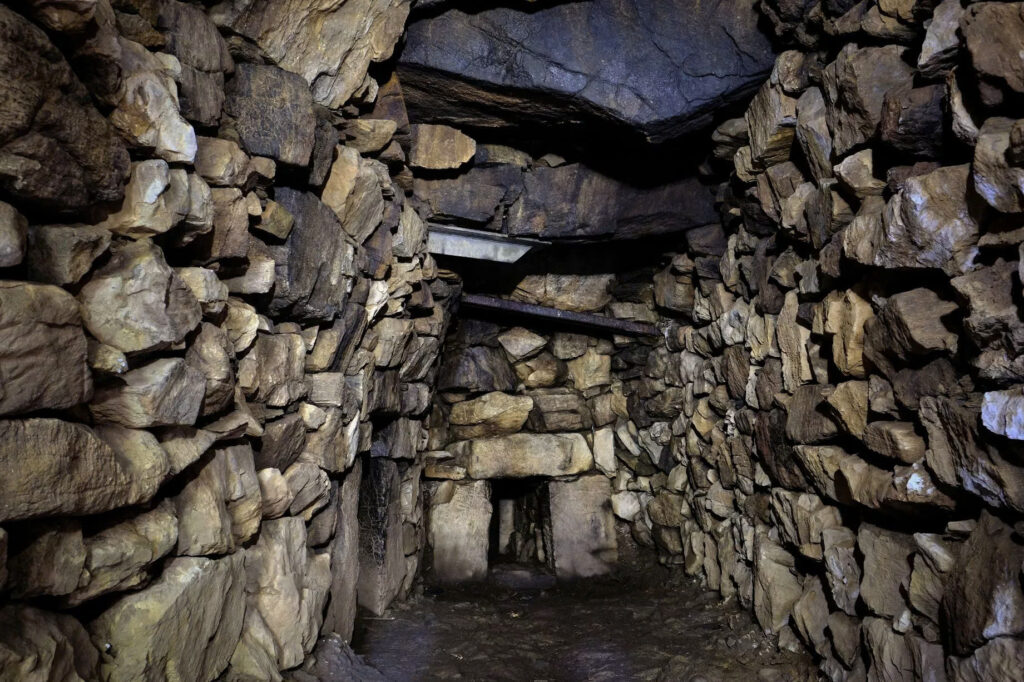
As archaeologist James Gossip notes, “These were lost religions. We don’t know what people were worshiping.” The fogous of Cornwall continue to captivate researchers and history enthusiasts, serving as a testament to the ingenuity and mystery of our Iron Age ancestors. While their true purpose may remain shrouded in the mists of time, these ancient tunnels stand as enduring monuments to Cornwall’s rich prehistoric heritage.
